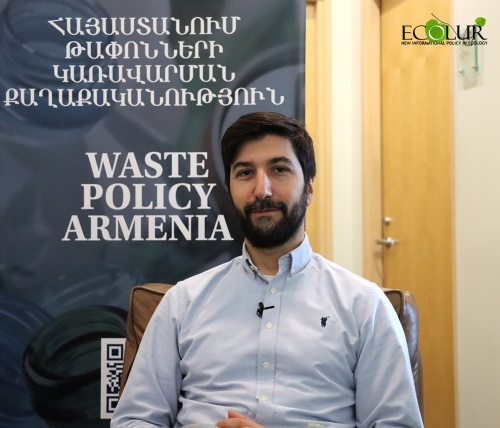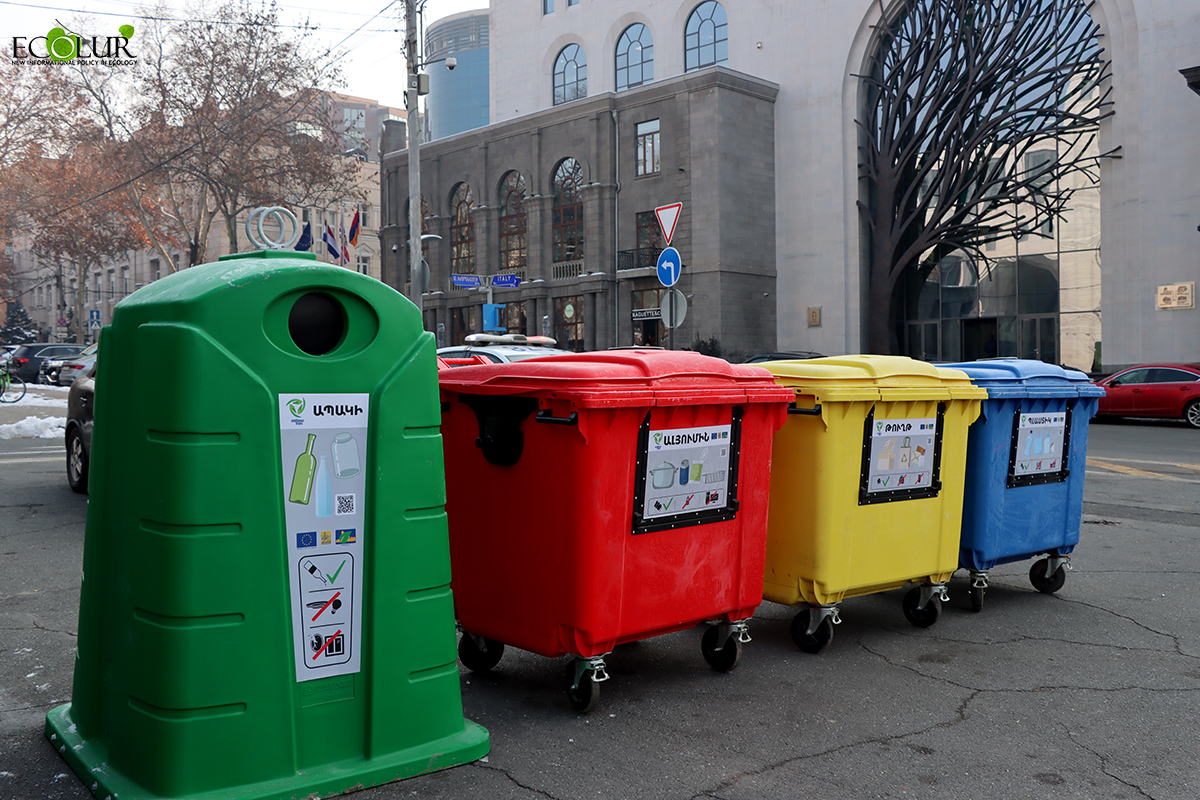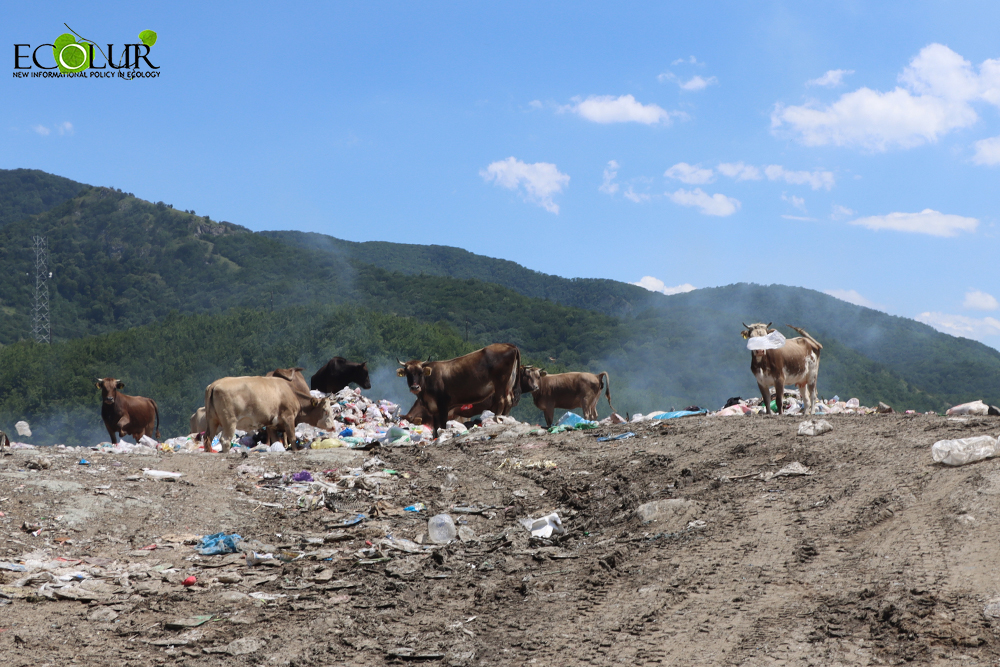

According to data from 2020, there are 297 landfills operating in Armenia, where approximately 700,000 tons of municipal solid waste are disposed of annually.
One of the key tools for reducing the amount of waste sent to landfills is the implementation of the Extended Producer Responsibility (EPR) system.

Nubarashen Landfill, Yerevan
The introduction of this system in Armenia is envisaged by 2026, under the framework of the Comprehensive and Enhanced Partnership Agreement (CEPA) signed between Armenia and the European Union.
The EPR system makes producers or importers of specific products responsible for the environmentally safe management of the special waste generated from the consumption of those products.
It provides for the separate collection, recycling, treatment, and disposal of such waste streams.

Yerevan
In Armenia, the Ministry of Environment is the authorized body responsible for implementing the EPR system. Technical assistance is provided by the AUA Acopian Center for the Environment within the framework of four-year “Waste Policy in Armenia” (WPA) project funded by Sweden.
As part of this project, a draft legislative package has been developed and published on the Unified Website for Draft Legal Acts.

Haghartsin Landfill, Tavush
According to Harutyun Alpetian, lecturer at the AUA Acopian Center for the Environment, waste management expert and project manager,
“Extended Producer Responsibility is a policy and economic instrument that has existed in Europe for 25–30 years. Within its framework, certain product manufacturers or importers bear responsibility for the waste generated from their products.”

Arjut Landfill, Lori
He noted that the EU defines four mandatory waste streams for all member states, which are as follows: packaging waste, waste electrical and electronic equipment (WEEE), batteries and accumulators, and end-of-life vehicles.
The Armenian EPR draft law does not yet specify the exact list of product types.
However, once adopted, the law will require responsible companies to take accountability for the collection, sorting, and recycling or safe disposal of consumer waste resulting from their products.
According to expert assessments, packaging waste constitutes 15–25% of municipal solid waste in Armenia.
With the implementation of the EPR system, this proportion of waste will no longer be directed to landfills.
Discussing the challenges related to EPR implementation, the expert highlighted numerous potential obstacles — ranging from corruption risks and the bankruptcy of Producer Responsibility Organizations (PROs) to issues of public participation and oversight.

This material was produced within the framework of “Waste Policy in Armenia” (WPA) project implemented by the AUA Acopian Center for the Environment, with financial support from Sweden and technical support from AUA.
The views, conclusions, and opinions expressed herein are those of the author(s) and do not necessarily reflect the positions of the project, the American University of Armenia, or the Government of Sweden.
Main photo: Harutyun Alpetyan
October 20, 2025 at 13:09
